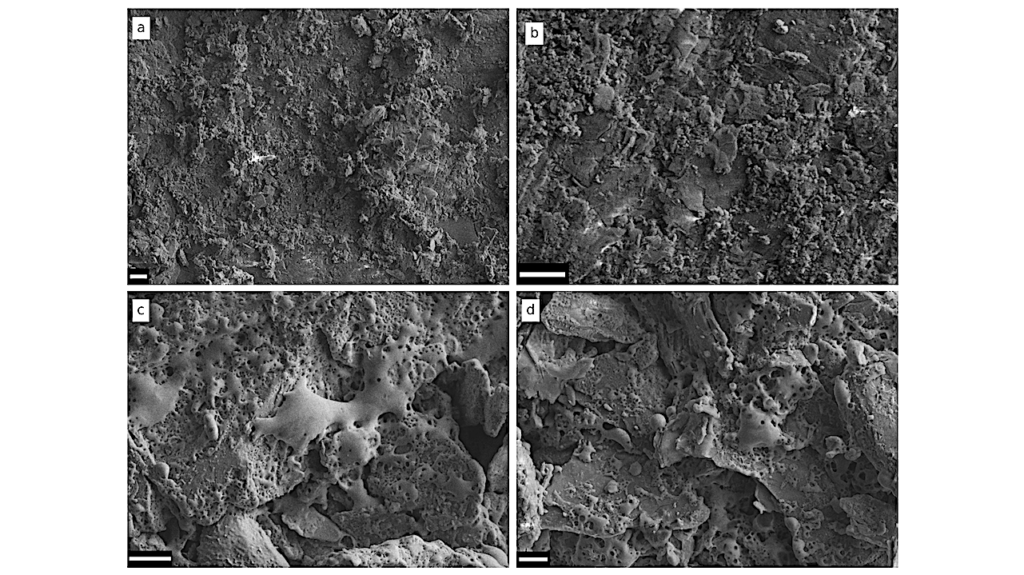Dust and Polycyclic Aromatic Hydrocarbon in the HD 34700 Debris Disk

The debris disk around the Vega-type star HD 34700 is detected in dust thermal emission from the near infrared (IR) to millimeter (mm) and submm wavelength range.
Also detected is a distinct set of emission features at 3.3, 6.2, 7.7, 8.6, 11.3 and 12.7 μm, which are commonly attributed to polycyclic aromatic hydrocarbon (PAH) molecules. We model the observed dust IR spectral energy distribution (SED) and PAH emission features of the HD 34700 disk in terms of porous dust and astronomical-PAHs. Porous dust together with a mixture of neutral and ionized PAHs closely explains the dust IR SED and PAH emission features observed in the HD 34700 disk.
Due to the stellar radiation pressure and Poynting-Robertson drag together with the photodissociation of PAHs, substantial removal of dust and PAHs has occurred in the disk, and continuous replenishment of these materials is required to maintain their current abundances. This implies that these materials are not primitive but secondary products probably originating from mutual collisions among planetesimals, asteroids, and comets.
Ji Yeon Seok, Aigen Li
(Submitted on 23 Jul 2015)
Comments: 27 pages, 7 figures, 1 table. Accepted for publication in ApJ
Subjects: Solar and Stellar Astrophysics (astro-ph.SR); Earth and Planetary Astrophysics (astro-ph.EP)
Cite as: arXiv:1507.06627 [astro-ph.SR] (or arXiv:1507.06627v1 [astro-ph.SR] for this version)
Submission history
From: Ji Yeon Seok
[v1] Thu, 23 Jul 2015 19:38:38 GMT (105kb)
http://arxiv.org/abs/1507.06627








